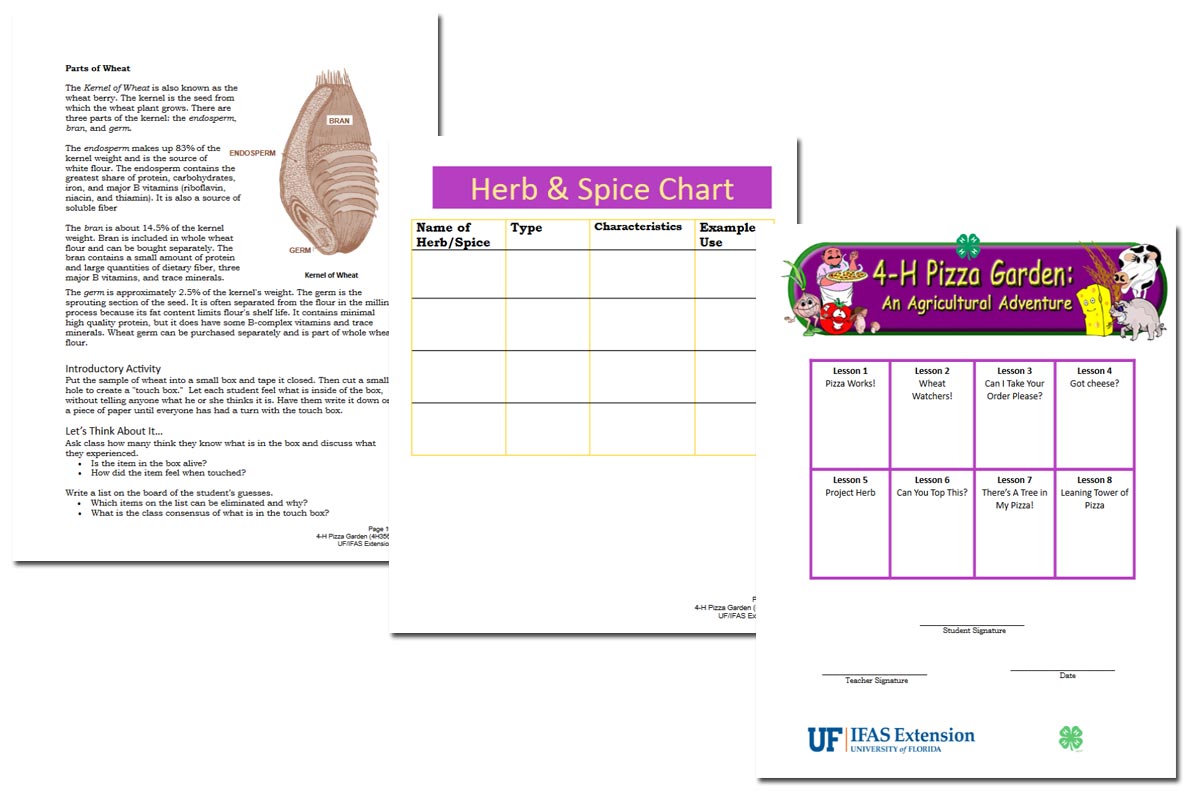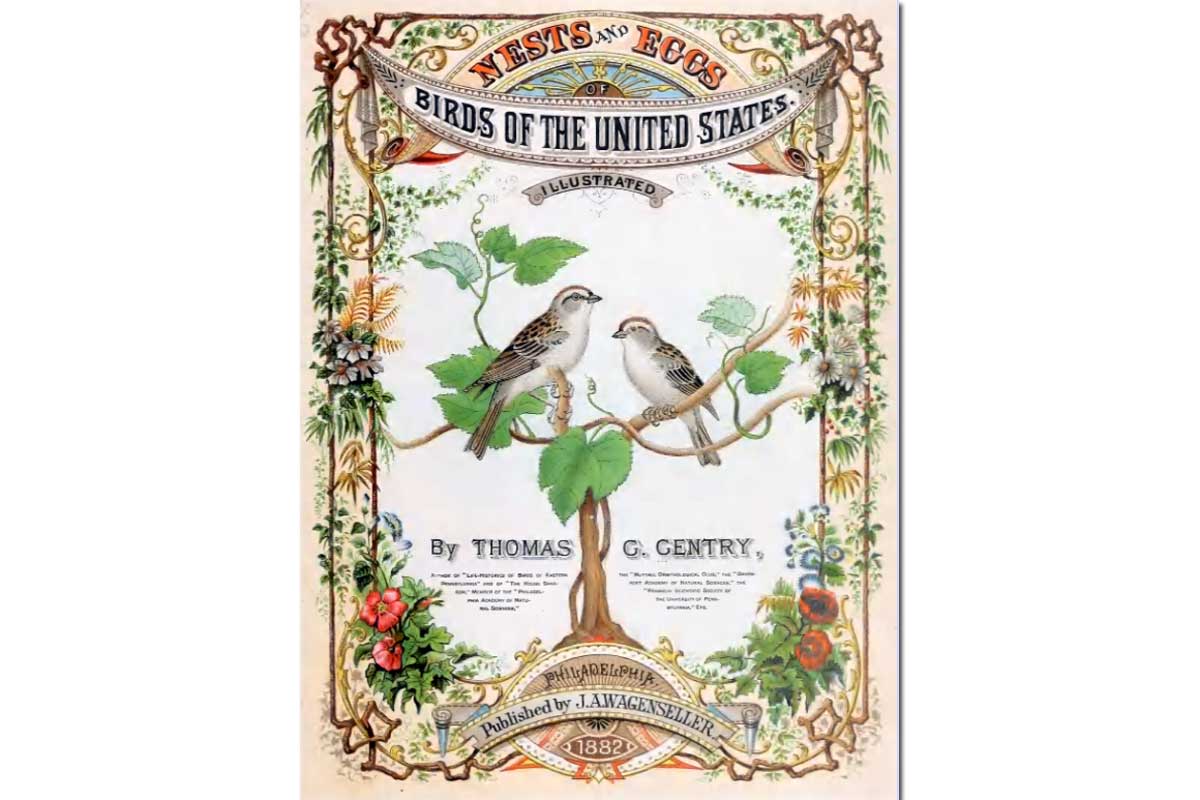
Plate 48: Turkey Buzzard (Vulture)
Commonly found in North America serving a useful purpose.
Cathartes aura
Vultures play an unusual part in nature’s drama. They, along with Sexton Beetles, other insects and animals, form the sanitary unit. When we consider the heavy toll of wildlife along our highways, we can appreciate the usefulness of such a unit. Lacking talons, vultures are not equipped to catch their prey, but feed on whatever nature provides.
This vulture is almost eagle size, with a wingspread of 70 inches and can be identified by his long tail, small head, 2-toned wings, and habit of soaring, the wings forming a dihedral or open V-shape. On close inspection, you will find the head bare and a reddish color. The young have blackish heads which is one of the marks of the Black Vulture, but the latter is smaller with a square tail and shows white spots under the wing when flying. This is a southern cousin.
No other land bird soars so gracefully. Every air current carries this bird with little effort on his part. From high in the air, he scans vast areas for food, not forgetting to check his neighbors who are riding other currents in like manner. When one bird descends, every vulture in the air soon joins him.
Whether you call him “Turkey Buzzard, Carrion Crow or Turkey Vulture,” you will admire his flight.
Introduction to Our Bird Friends, Vol. 1
Suggestions
- Print out the notebooking pages provided below.
- Read the turkey vulture story in Birds That Every Child Should Know out loud.
- Have a younger student orally narrate what was read. He can then copy a few lines of his narration onto the notebooking pages.
- Older students can read the text, Plate XLVIII: Turkey Buzzard, and provide a written narration.
- Sketch the bird. This encourages attention to detail, which will aid in identifying the bird later on. Another option is to use the printables provided below.
- Sketch the nest of the bird, along with the eggs. Note where the nest is usually found.
- Older students can include the taxonomy.
- Learn more about the turkey vulture at Cornell.
- On one notebooking page note the facts:
- Description.
- Habitat.
- Range.
- Food.
- Nest.
- Eggs.
- Call.
Additional Resources
30 Narration Ideas
At some point you might appreciate some variety.
The Bird Study sections of our free nature study series: Our Wonderful World:

- Free Nature Studies: Hunting Birds With Eyes & Camera
- Free Nature Studies: Bird Guardians (Owls)
- Free Nature Studies: Landlord to the Birds
Printables & Notebooking Pages
Turkey Vulture Notebooking Pages
Free simple notebooking set.
Turkey Vulture
Bird picture for notebook.

Fifty Favorite Birds Coloring Book
Dover Nature Coloring Book based on Fifty Birds of Town and City by Bob Hines. Includes the turkey vulture.
Turkey Vulture Range Map
For notebook from Cornell.
Bird Facts Notebooking Page
One option in a more graphic organizer style that is especially nice for noting the facts and range.
Enjoy the entire series:











You must be logged in to post a comment.